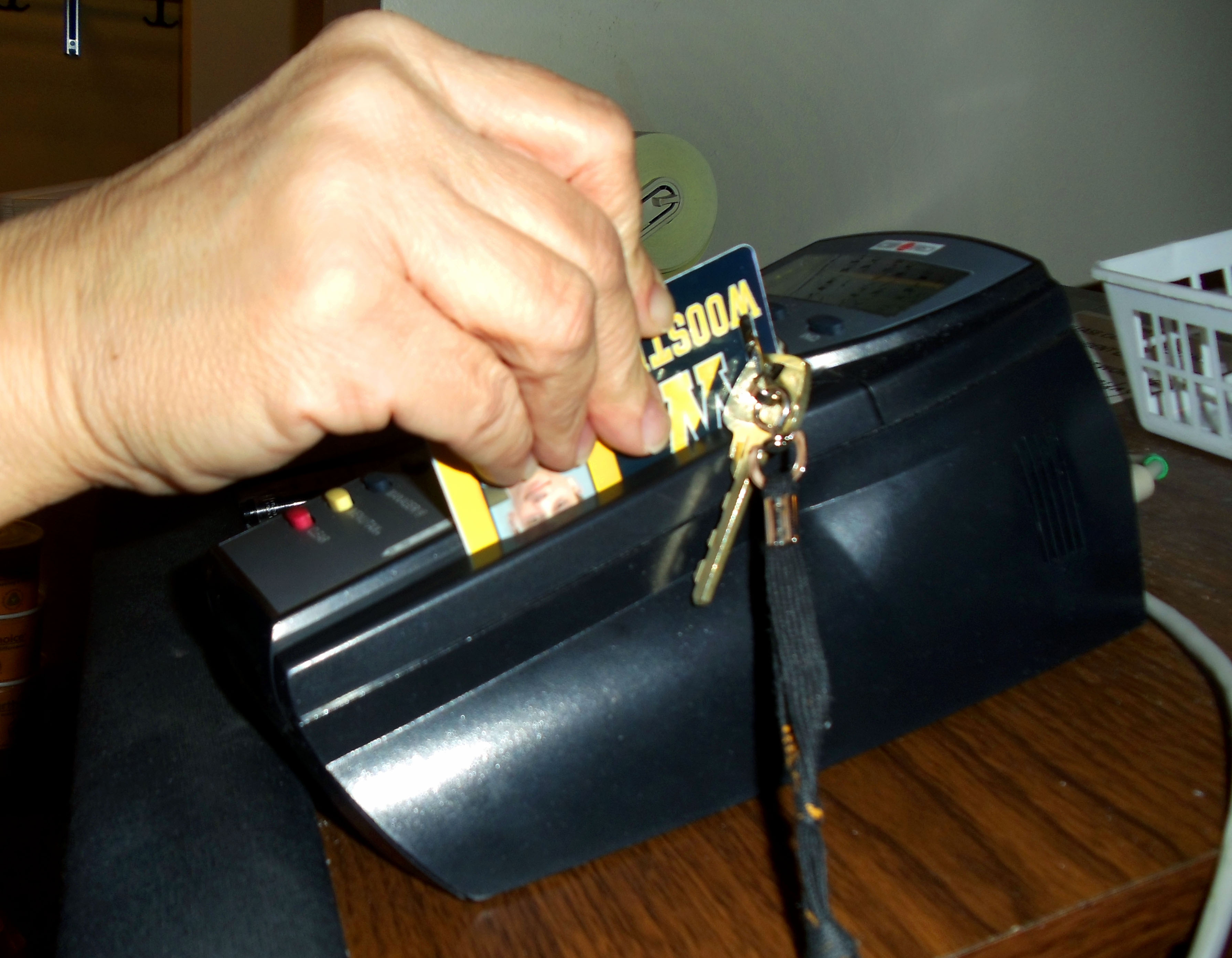
Individual meal plans cost the same, yet price paid for meal swipes differs
Andy Tisdel
Voice Staff
At the beginning of every semester, all students on The College of Wooster campus are presented with a choice of four possible meal plans. Three of those plans cost $2,517.50 per semester; a $450-flex/200-meal plan, a $300-flex/240-meal plan and a $150-flex/288-meal plan. The fourth costs $1,000 less for $500 in flex and 80 meals. Picking a plan and paying the cost are accepted necessities of living at the College, and as a result most students scarcely give it a thought.
But how are those amounts calculated? Does all that money go to paying the costs of each meal? And above all, how does the whole Campus Dining apparatus work? To find out, the Voice interviewed Director of Campus Dining Services Chuck Wagers through a series of emails.
First of all, calculating the cost of each meal is not as simple as dividing the plan’s cost by the number of meals. If that were the case, a swipe in plan A would be $10.34, plan B would be $9.24, and C would be $8.22. For visitors to eat in Lowry, the cost is $7.50. Campus Dining takes into account the historical tendencies of students on each plan to use a certain number of meals. “What we’ve found is that those who choose plans with fewer meals tend to eat a higher percentage of those meals, so their per-meal cost appears to be higher. But when you take into account those uneaten meals on the larger plan, the cost per meal [among the different plans] is actually very close,” said Wagers.
That appears to be one reason why Plans A, B and C all cost the same: if the cost of each meal hardly varies among the plans, there’s no reason to charge different prices. But what about unused meal swipes and flex-dollars? According to Wagers, they’re used to offset the costs of running the entire Campus Dining operation, which are considerable: 110 full- and part-time workers staff Lowry, Kittridge, Mom’s Truck Stop, Old Main Café, Pop’s and MacLeod’s, and over two dozen student workers in addition help out.
One third of Campus Dining’s total costs are related to purchasing food; the remaining two-thirds go towards employee wages and benefits, non-food supplies, replacing equipment and utilities. However, Campus Dining does not just pay its own bills through the meal plan system; it actively generates money for the College as well. “Campus Dining Services is not a stand-alone operation. The money it takes in is not spent solely on the services it provides. Instead, like the bookstore, it generates revenue to support the College’s academic mission and operations,” said Wagers.
Campus Dining assumes a certain amount of unused meals and flex-dollars every semester when calculating the cost of the plans, which helps to keep costs down. “If every student ate every meal on their plans, the cost of those plans would have to go up,” said Wagers. That would in turn impact the cost of running the campus altogether, since Campus Dining revenue is used to help pay for the general costs of running the College, as well as the dining operation’s costs.
“The cost of providing a Wooster education is not covered by tuition alone. It takes multiple sources, including alumni annual giving, income from the endowment, revenue from auxiliary enterprises like the bookstore and dining services, as well as tuition,” Wagers explained.

